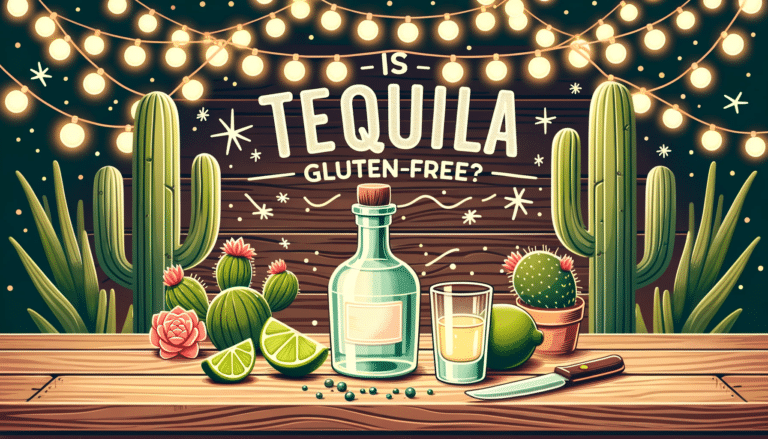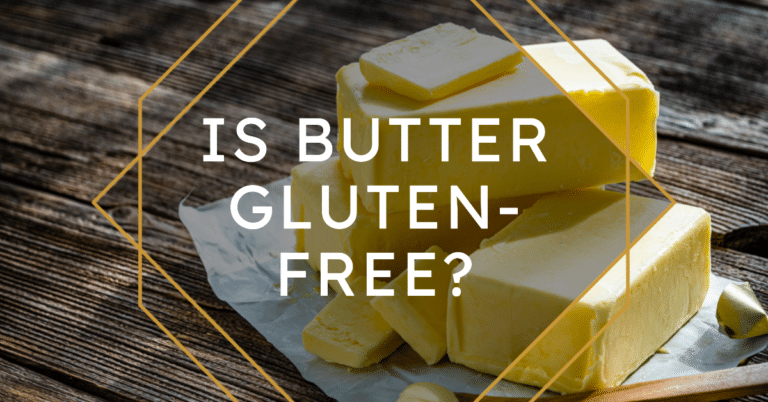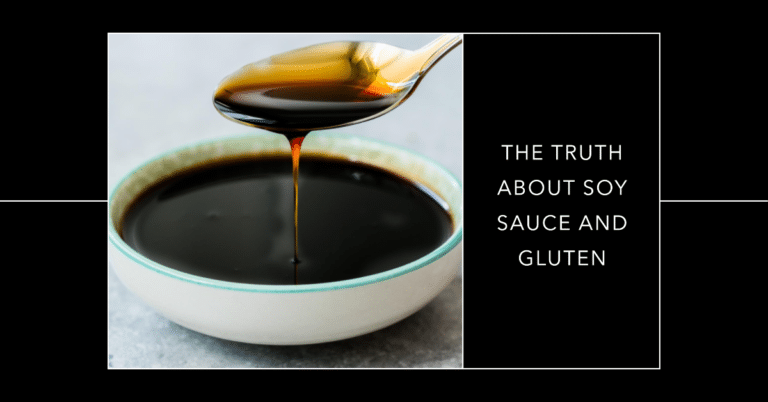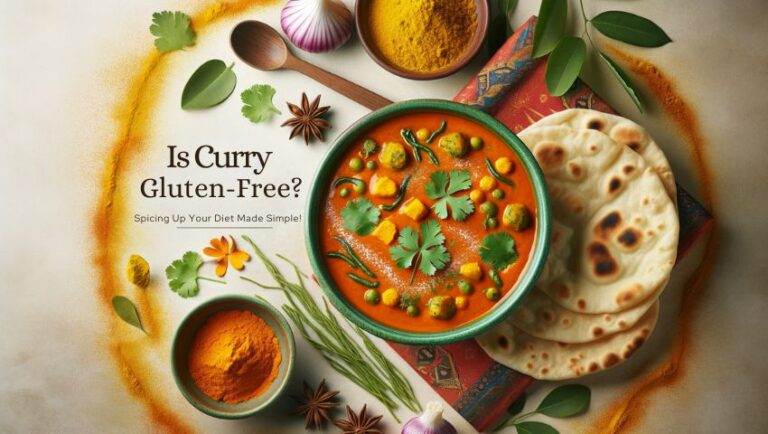Is Maize Gluten Free? Revealing the Hidden Dimensions of Corn

Maize, commonly known as corn, is often a point of discussion in gluten-free homes.
If you’re managing celiac disease or IBS, you’ll be relieved to know that yes, maize is naturally gluten-free.
But there’s a catch – cross-contamination in shared cooking spaces and foods declaring ‘may contain gluten’ on the product label can pose a risk for celiacs.
Eager to learn more? Continue reading my guide to is maize gluten free for a closer look the the intricacies of maize for those on a strict gluten-free diet.
Key Takeaways
- Maize, affectionately known as corn, is gluten-free by its nature.
- Cross-contamination is a lurking concern in maize products.
- Embracing gluten-free maize can be a game-changer for celiac and IBS sufferers.
- Being diligent with product labels is non-negotiable for maize-based items.
- The culinary world showcases maize in a plethora of gluten-free dishes.
Deciphering Gluten and Its Stomping Grounds
Gluten is the infamous protein found chiefly in wheat, barley, and rye.
It’s the magic that makes bread fluffy and pizza crust stretchy.
But maize? It doesn’t rub shoulders with gluten.
Gluten’s Impact: A Personal Perspective
Living with celiac or IBS transforms gluten from a mere dietary component to a potential health disruptor.
My journey with gluten has been fraught with trials, errors, and invaluable lessons. And maize has been a significant chapter in that journey.
Maize’s Status in the Gluten-Free Universe
Sure, corn, sweetcorn, field corn, and their kin are gluten-free.
But before you rush to whip up a maize dish, there’s a subplot to this story.
Cross-Contamination: The Invisible Foe
Maize, in its pure form, is gluten-free. But the specter of cross-contamination is ever-present.
Imagine this: maize products processed on the same equipment as gluten-packed grains.
The result? Potential gluten traces in your “gluten-free” maize meal.
The Art of Selecting Safe Maize Delicacies
- Embrace Label Literacy: If it says gluten-free, it’s met specific criteria.
- Trace the Origins: Is it from a dedicated gluten-free facility? It matters.
- Speak Up: At restaurants, be that “annoying” customer. Ask how they prep maize dishes. Your health is worth it.
Maize: A Nutritional Powerhouse
Beyond being a gluten-free ally, maize is a nutritional marvel.
Whole corn is packed with fiber, and a secret stash of vitamin C, B vitamins, magnesium, and potassium [1].
It’s safe to say that it packs quite a nutritious punch!
Maize’s Culinary Tapestry Across the Globe
Maize is more than a cereal crop—it’s a culinary treasure. Its gluten-free avatars grace plates across continents, bringing joy to discerning palates.
Latin America: Maize’s Ancestral Home
Latin America’s heart pulsates with maize melodies. Think tortillas, think tamales.
Crafted predominantly from corn flour—a versatile thickener for a medley of gravies and soups—these dishes resonate with gluten-free purity.
Polenta: Europe’s Golden Maize Gift
Venturing to Europe, especially the charming countryside of Italy, one encounters polenta.
This creamy concoction, birthed from ground maize, has been the heart and soul of many Italian feasts.
My first encounter with polenta was a revelation—it was love at first bite.
The rich texture, the versatility—it’s no wonder this dish serves as a gluten-free haven for many like me.
Grits: The Southern US’s Maize Muse
Down in the southern US, maize transforms into grits. This dish is comfort in a bowl.
Paired with cheese, shrimp, or just a dollop of butter, it’s a testament to maize’s culinary adaptability.
The Many Facets of Maize
When we talk about maize, it’s not just the sweetcorn we enjoy off the grill.
There’s field corn, predominantly used as animal feed, flint corn with its hard outer layer, and popcorn, our favorite movie companion.
Each variety has its unique sugar and starch content, shaped by gene mutations that convert sugars differently.
And then there’s corn syrup, a sweetening agent, and cornmeal, a staple in many kitchens.
Navigating the Gluten Maze: Tips & Tricks
While maize stands tall as a gluten-free champion, it’s crucial to tread with caution.
Here are some pointers I’ve picked up on my maize journey:
- Educate Yourself: Understand the difference between corn and other grains. Corn flour, for instance, is a fantastic thickener in soups and gravies. Knowing its applications can help diversify your gluten-free menu.
- Be a Savvy Shopper: Whether it’s cornflakes for breakfast or cereals to kickstart your day, always scrutinize labels. Brands matter, as do certifications.
- Embrace Variety: From corn-on-the-cob to tortilla chips, explore the vast maize spectrum. But always ensure it aligns with your gluten-free goals.
Final Thoughts: Maize’s Legacy in a Gluten-Free World
Charting a gluten-free course, especially when battling celiac or IBS (or both, like me!), can be akin to navigating choppy waters.
But maize emerges as the North Star.
Its culinary diversity, health benefits, and sheer adaptability make it indispensable. As we wrap up this maize saga, remember, every grain tells a story.
And maize’s narrative is one of resilience, versatility, and gluten-free glory.
To delve deeper into the intricacies of gluten-free living, explore this insightful piece.
And there we have it—a holistic exploration of maize in all its gluten-free grandeur.
From field to plate, maize’s tale is as enriching as it is enlightening.
Here’s to many more maize-filled, gluten-free moments!
Disclaimer: This content is based on my personal experience as an individual diagnosed with celiac disease and IBS (Irritable Bowel Syndrome) who follows a strict gluten-free diet. This does not constitute medical advice. Please consult a medical professional, nutritionist, or qualified dietitian for personalized, professional advice.






